The Digital Twin cluster, which includes information on the building structure, area measurements, components/equipment, and systems, is at the heart of the CDM for Real Estate. It serves as the basis for all other clusters, which are all linked to it. It offers intuitive structure for storing, organizing, and accessing data created by real estate networks which was previously buried in proprietary systems and can be now made available and comprehensible to owners and users of the built environment. Thus, delivering tremendous value for asset owners, managers, and occupiers.
With the current update we have introduced a specialized way of establishing your digital twin for real estate property considering the possible perspectives of different stakeholders engaged in the process of developing, managing, or operating the property. The “IBPDI – 3 Level Model” allows the user to select and secure the required level of information in a flexible manner based on their specific needs.

Initiating with the top (Level I), where the user can define the project related static data in a generic manner to gain an overview of the crucial components/equipment’s and systems engaging minimal efforts, and thus securing the high-level specifications required to operate and maintain them. Additionally, addressing the information sunk between the transition of construction to operations phase. It empowers executives to better understand and manage their assets, resulting in long-term performance and resilience across the investment lifecycle.
Followed by it is the Level II, where system related information can be defined adequately ensuring their efficient operations. It serves as the mid-level of definitions where the users may not only identify the relevant components at a generic level but also detail the primary systems in the asset to ensure their optimal administration. It aids asset managers in gaining a better knowledge of their portfolios’ performance over time, allowing them to make more informed long-term choices. By merging previously disparate solutions or data sources into a unified portfolio perspective, it enables asset managers to make accurate and strategic portfolio decisions.
Lastly, the Level III which is the most detailed level where the information can be captured for building components/equipment’s and systems in greater depth including all the relevant data attributes which needs definition for its efficient management. Referring to relevant standards and their practical applicability, only required optimal data is captured enabling the user to secure and manage building static data with minimal efforts. Modelling flexibility enables the user to define only the required components and structure the systems which suites the best. It enables the facilities managers to gain competitive edge by improving operational efficiency, as well as making the asset more desirable to existing and potential tenants. It enables them to take steps to raise the value of the building while simultaneously providing valuable data to explain and quantify the impact.
